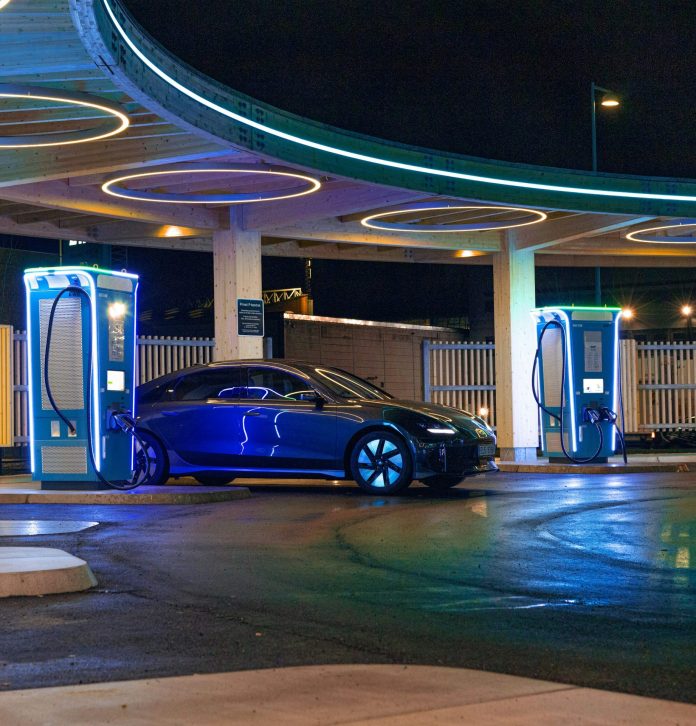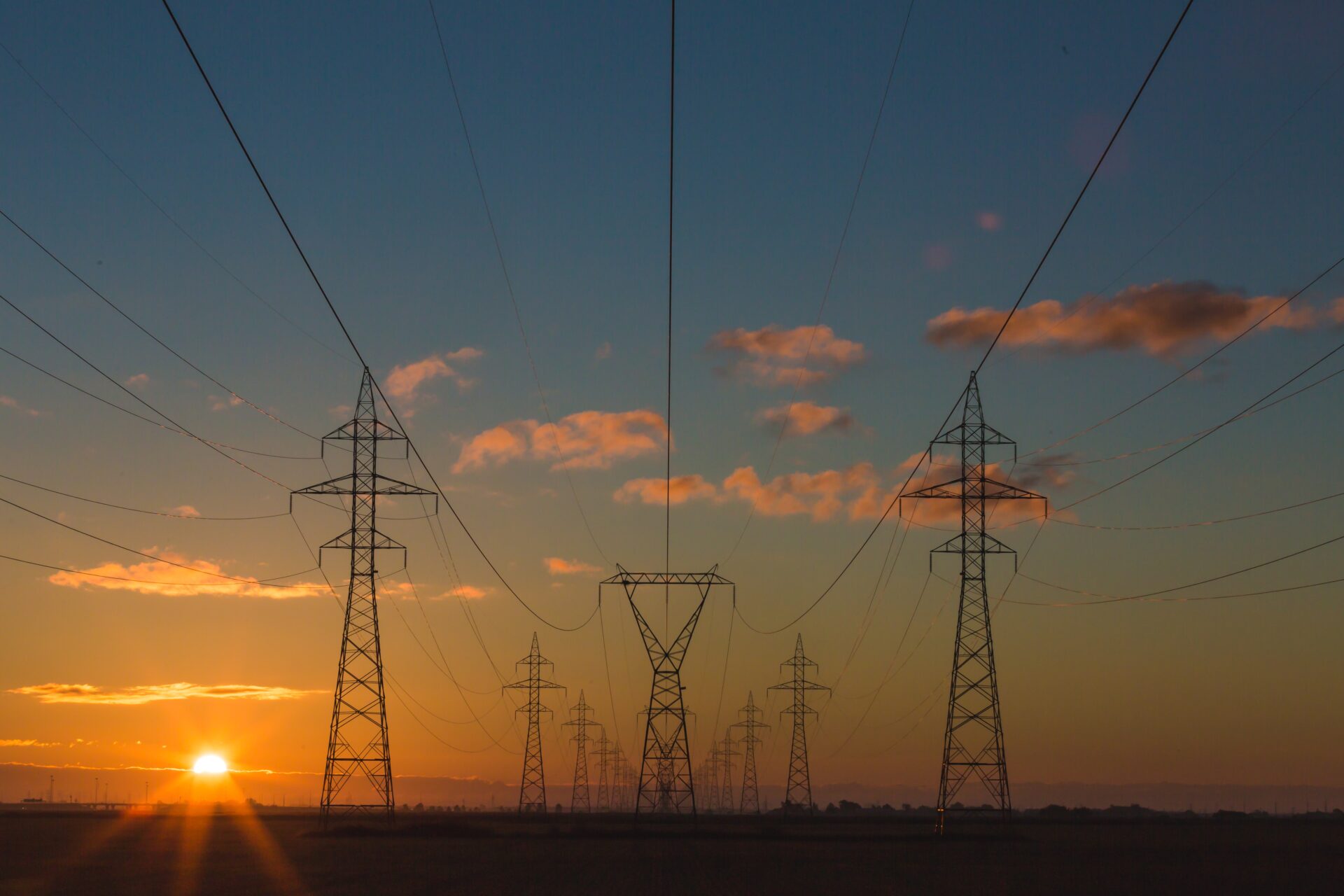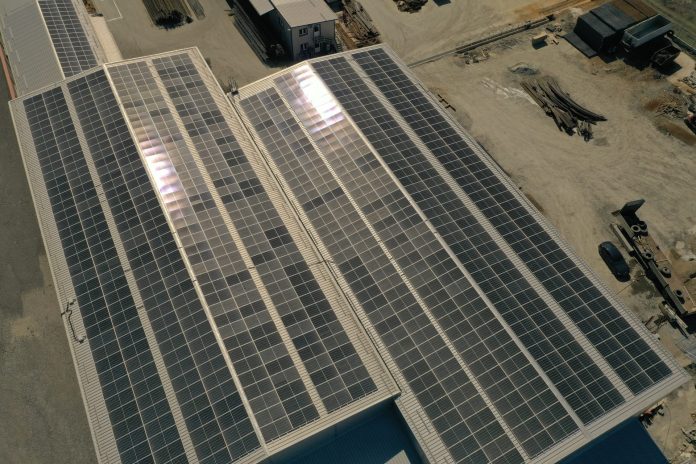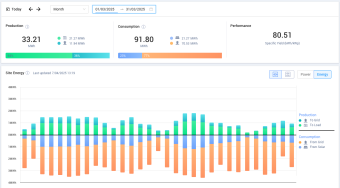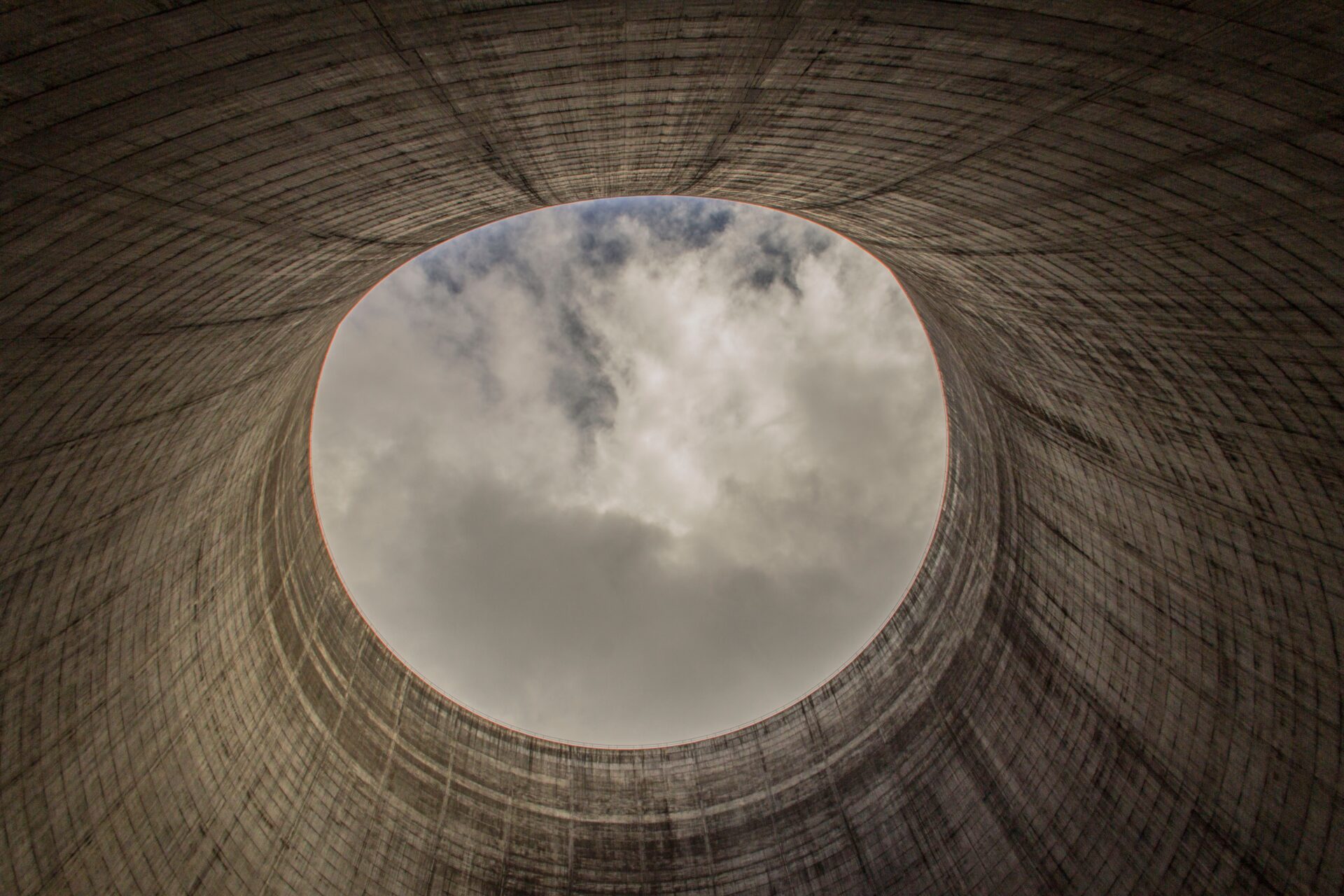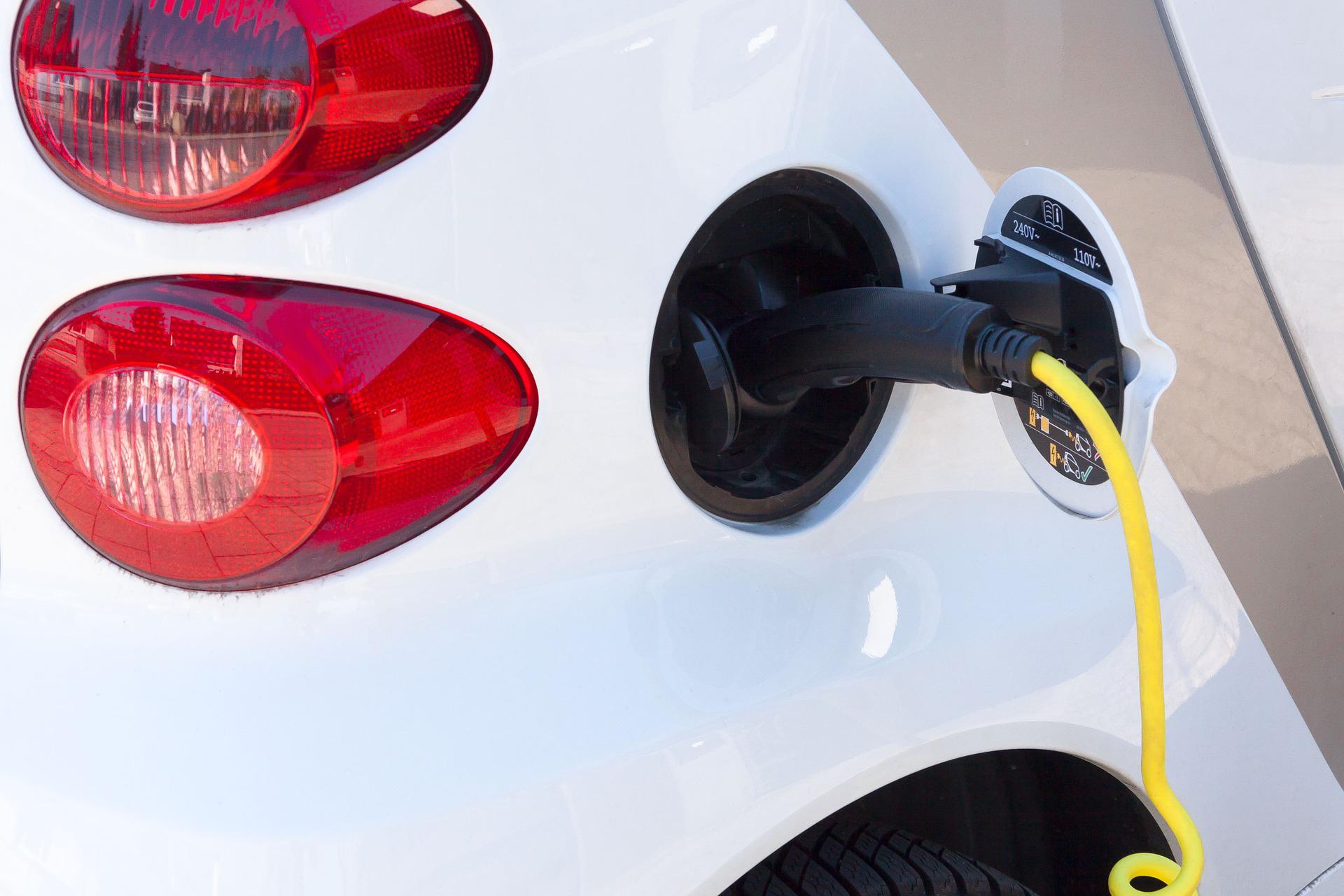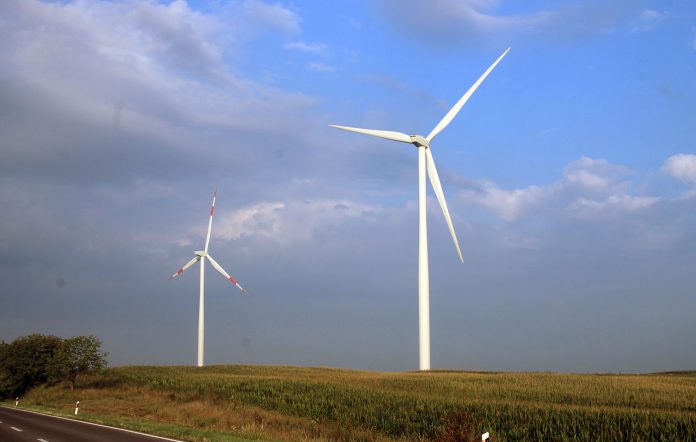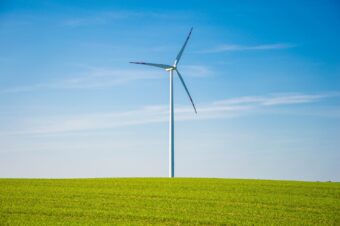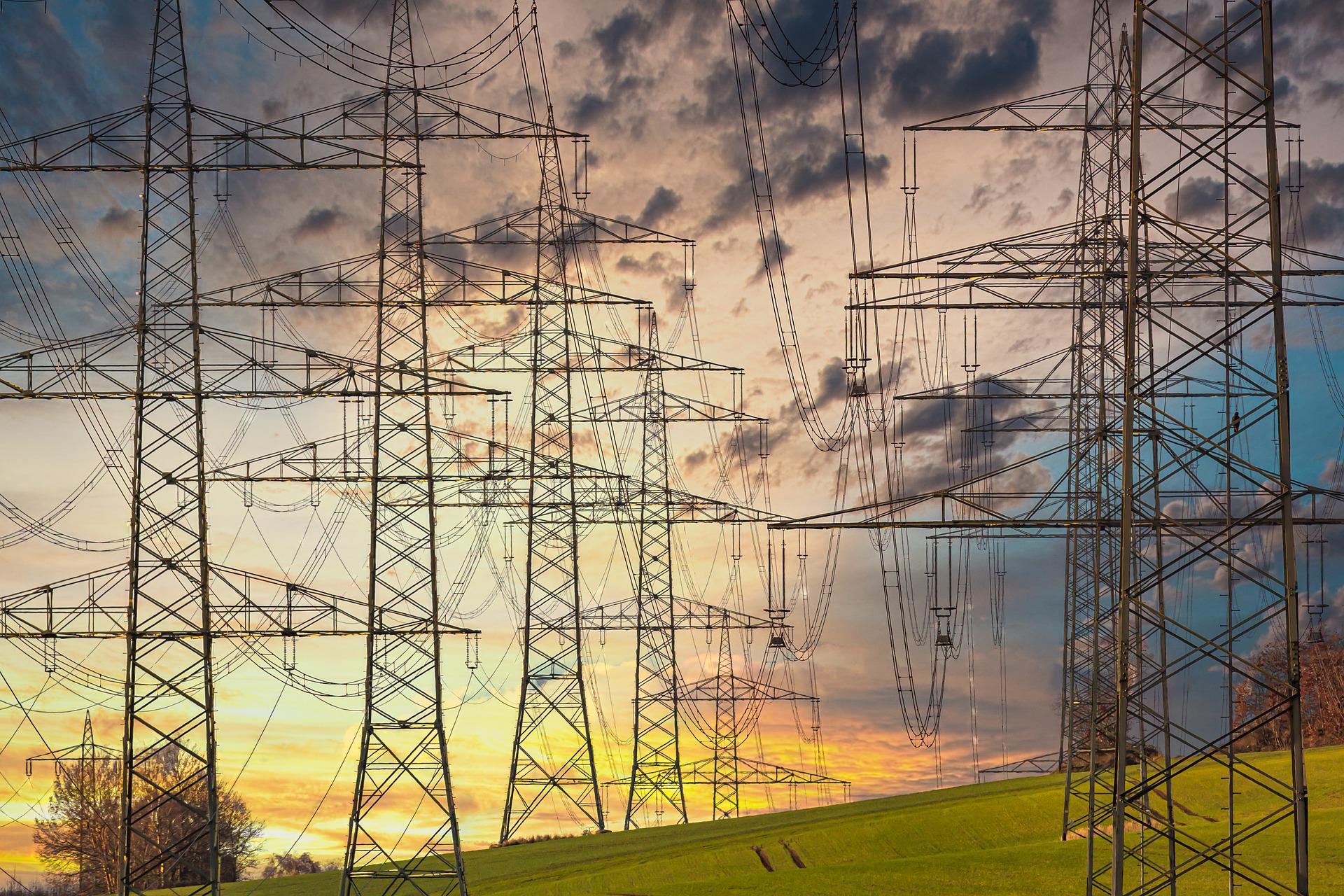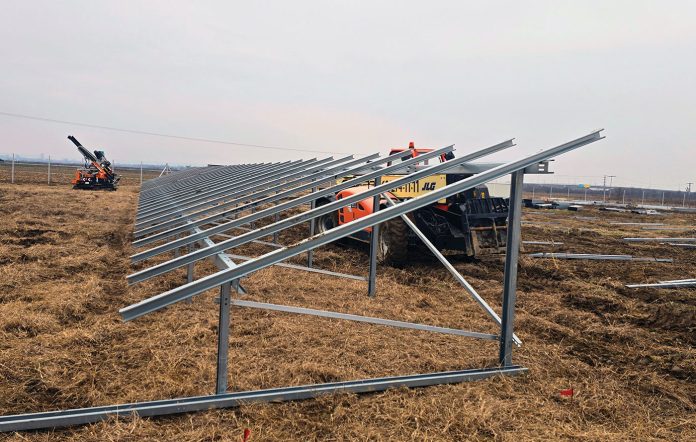Today’s electric vehicles are far more advanced and thoroughly researched than they were at the beginning of this decade. Some of the world’s pioneering electric vehicle (EV) models were launched in the late 2000s and early 2010s, marking the start of wider acceptance and commercialization of electric vehicles across Europe.
During that period, European manufacturers began entering the world of electric mobility, but their offerings were not as extensive as they are today. Exactly ten years ago, the sale of electric and hybrid vehicles in the European Union surged, with approximately 300,000 units delivered in the first half of the year alone. In contrast, Serbia’s market at that time recorded only symbolic sales figures, primarily due to high prices and a lack of government subsidies. Since then, the situation has significantly improved in terms of technological development, infrastructure, and the variety of EV models available in the automotive industry.
Battery Technology – The Heart of an Electric Vehicle
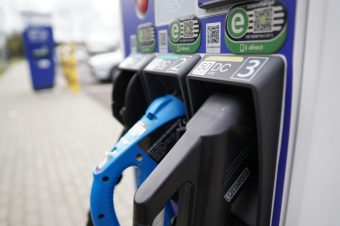
Electric cars can use various types of batteries. The type of battery directly affects vehicle range, charging speed, safety, cost, and lifespan. Over the years, several battery types have been developed, but only a few have proven practical for widespread use in the automotive sector. The most common technology today is the lithium-ion battery, used in nearly all modern EVs due to its high energy density, good balance between capacity and weight, and relatively fast charging capability. However, concerns about the environmental impacts of lithium mining, as well as some drawbacks, such as overheating, have sparked ongoing debate. Nevertheless, lithium batteries remain the primary choice for most manufacturers. Another increasingly common variant is lithium iron phosphate (LFP) batteries.
This newer type of lithium-ion battery has slightly lower energy density but offers greater thermal stability and a longer life span. It also avoids the use of costly and ethically problematic materials, such as cobalt, which is why it has gained popularity among Chinese manufacturers. It’s also worth mentioning solid-state batteries, which, unlike lithium-ion batteries, are not yet commercially available but promise a revolution in the coming years. Instead of liquid electrolytes, they use solid materials, which increases safety, enables significantly higher capacity in a smaller volume, and offers up to 40 percent lower carbon footprint compared to currently available batteries.
Though still in development, some manufacturers lithium-ion batteries, are not yet commercially available but promise a revolution in the coming years. Instead of liquid electrolytes, they use solid materials, which increases safety, enables significantly higher capacity in a smaller volume, and offers up to 40 percent lower carbon footprint compared to currently available batteries. Though still in development, some manufacturers are investing in them due to their potential to deliver longer range, faster charging, and greater consumer confidence in EV reliability.
IN FOCUS:
- A Solar Recipe for Lower Bills
- The Development Of Electric Vehicles In Serbia – A Retrospective And A Look Ahead
- Brestovac Paves the Way for Energy Transition Through Solar Energy
Types of Electric Vehicle Charging Connectors
Although EVs are becoming increasingly ubiquitous, there is no universally adopted standard for charging connectors, which can be confusing for drivers traveling across multiple countries. Connectors vary by charging type (slower AC or fast DC charging) and vehicle manufacturer. In North America and Japan, the most commonly used connector is known as Type 1. This connector enables single-phase AC charging and is the standard for home charging in these regions. While functional, Type 1 is increasingly rare in Europe, as it does not support the three-phase charging common in European power networks. Europe’s counterpart to Type 1 is the Type 2 connector, which has become the standard across the European Union.
This type is mandatory on all new public chargers in the EU, aiming to standardize the market and make charging infrastructure more accessible without the need for adapters. For fast DC charging, the dominant connector is the CCS (Combined Charging System), which is now widely adopted in both Europe and internationally. CCS is practical because it combines the Type 2 connector with additional pins for fast charging. This makes CCS highly versatile, supporting both AC and DC charging, depending on the charging station. If a driver owns an EV in Europe, they will most likely use Type 2 for regular charging and CCS for fast charging. Another connector, now declining in use, is Japan’s CHAdeMO standard for fast DC charging. While it was one of the earliest fast-charging standards, it is now being gradually phased out in Europe in favor of CCS, although it remains in widespread use in Japan.
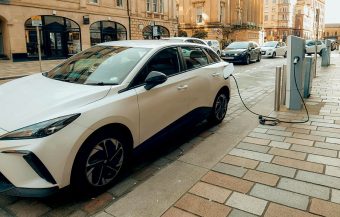
Tesla has developed its own connector, known as NACS (North American Charging Standard), which combines AC and DC charging in a single port and is compatible with Tesla’s Supercharger network in the U.S. In Europe, however, Tesla has adapted to the market, allowing its vehicles to use the CCS standard instead of relying exclusively on the American connector. A notable exception is China, which utilizes its national GB/T standard—a system not widely adopted outside China. While GB/T differs technically from other systems, the Chinese government supports future compatibility with international standards, such as CCS. Overall, there is a clear trend toward standardizing chargers, with CCS being increasingly recognized as the global standard for fast charging. At the same time, Type 2 remains the dominant choice for home and slow public charging in Europe.
Prepared by: Milica Vučković
Read the story in the new issue of the Energy portal Magazine SUSTAINABLE MOBILITY


